Alumnus discovers new bacteriophage
Courtesy of Dr. Hughes Lab at UNT
2015 graduate Rusty Hartman found this phage in a sample taken from pond scum in his backyard.
For college freshman Rusty Hartman, pond scum is almost as valuable as college tuition.
A 2015 Canyon High graduate, Hartman studies biochemistry at the University of North Texas in Denton. During the fall semester, he took part in a research lab in which he found a soil sample and tested it for a certain type of bacteriophage. Hartman took a sample from his backyard by a small pond and examined it to see if it was similar to other samples.
“After doing an electrophoresis restriction gel, I was able to see if my phage was related to or had similarities to any of my classes,” Hartman said. “It was not that similar, so we sent it to Pittsburgh, Pennsylvania to be sequenced.”
An electrophoresis restriction gel is a process by which chromosomes of a cell can be examined and compared to other cells. When Hartman found almost no similarities, he sent it to Pennsylvania to find the DNA code. The DNA revealed that the phage was in its own subcluster of a cluster of Streptomyces bacteriophage.
“I will go back to UNT in the spring to see exactly what this means and to look for characteristics of my phage,” Hartman said. “It’s named Bioscum, because it was found by scum-filled pond soil.”
The experience and techniques I learned in this lab were amazing.
— Rusty Hartman
Hartman and his class will continue to study the characteristics of the phage during the upcoming semester. A bacteriophage is a virus that kills bacteria and is used in creating antibiotics. Depending on the characteristics of Bioscum, it may be used to create new antibiotic, although it may have other uses as well.
“The experience and techniques I learned in this lab were amazing,” Hartman said. “It made the experience even more rewarding to see that my phage was unique. I was glad this phage was different and I didn’t work all semester to find a phage that was identical to someone else’s.”
Hartman hopes to apply both the techniques he has learned from the lab and the experience of finding a new phage to become more involved with the labs at UNT.
“This program is well known,” Hartman said. “If I tell them I was a part of this lab, they will know I already have experience and let me start hands-on research with their team.”
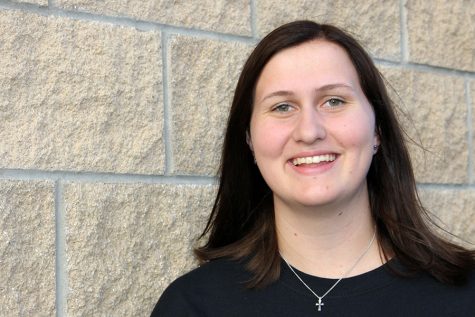
Hey! My name is Callie Boren, and I am Co-Editor-in-Chief of the Eagle’s Tale. This is my third and final year on staff. I am also the National Honor Society president, senior class president, an officer in the Chamber Choir, and a member of the UIL...

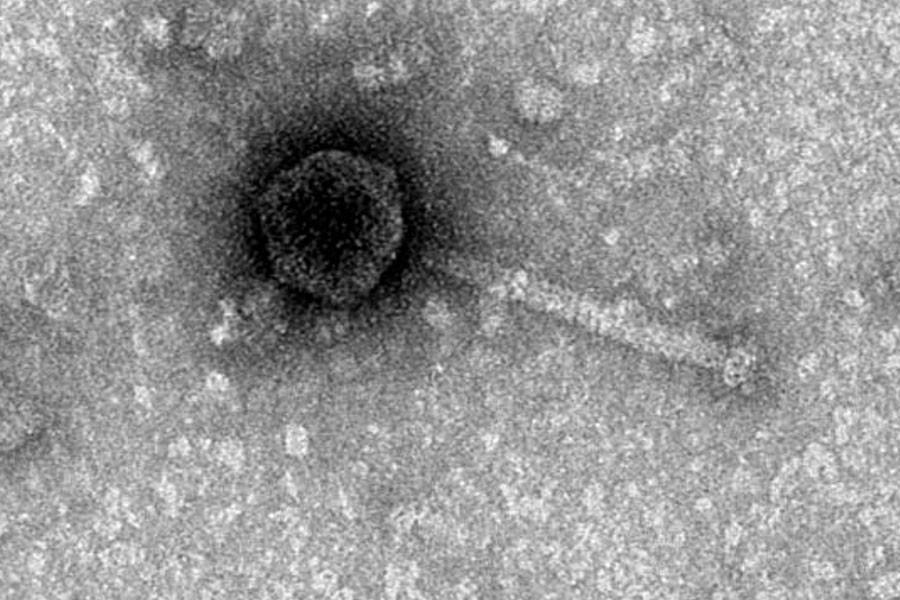

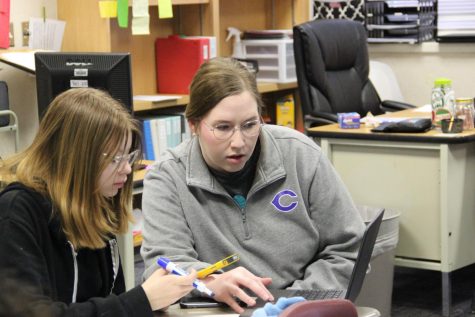
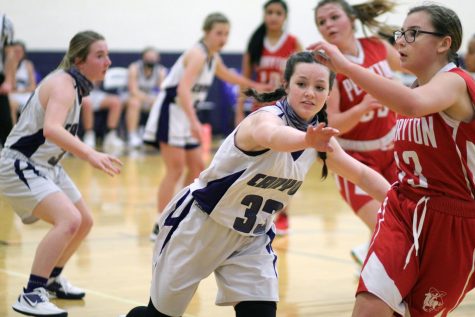
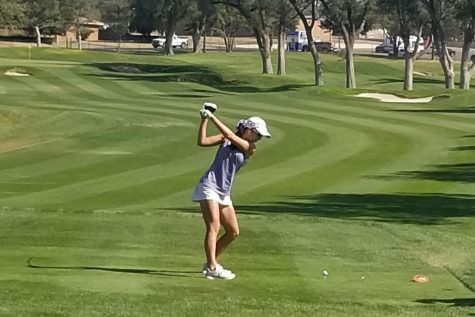


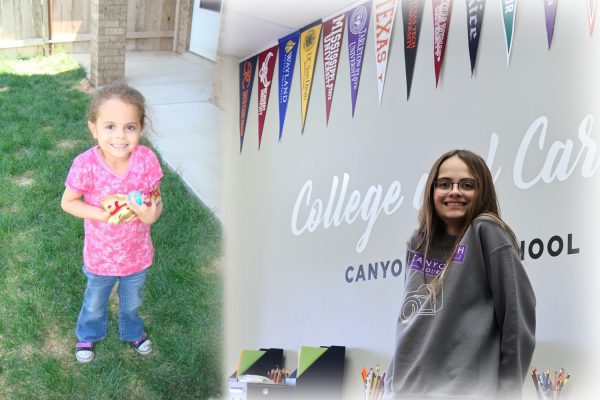


Marcie Cook • Jan 19, 2016 at 12:27 pm
Great article, Callie! So proud of Rusty and can’t wait to see what else he accomplishes in the future!!!